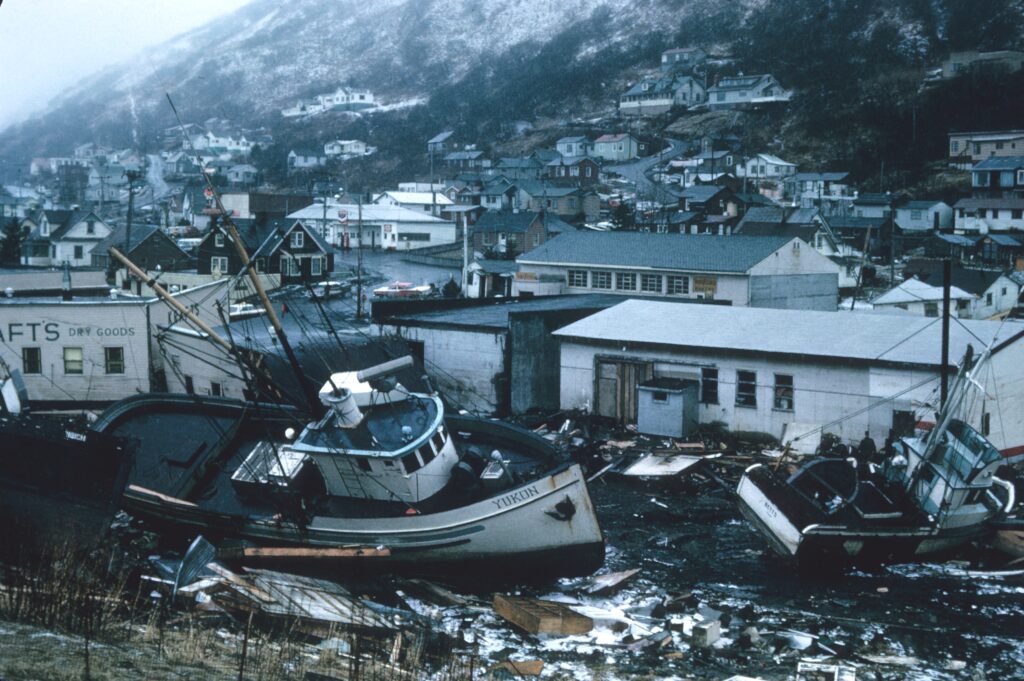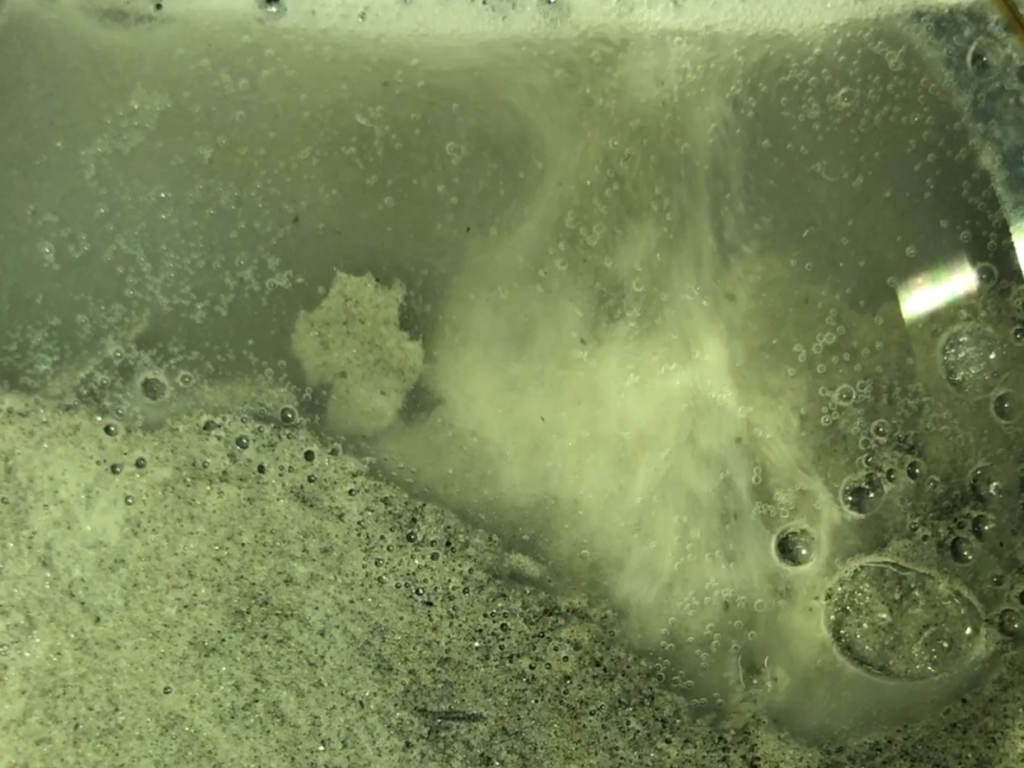Sandwiched between tectonic plates are layers of material that show up as thin shadows on seismic tomography, a kind of CT scan of the Earth. For years, scientists assumed the anomalies were signs of highly pressurized water squeezed into densely packed rock and that the fluid acted as a kind of hair-trigger on earthquake faults.… Continue Reading Are Deep Fluids Behind the Largest Earthquakes? ‘Not So Fast!’ Says UT Graduate Student
Making Methane from Microbes: UTIG and UT Knoxville Hunt for Biological Source of Fiery Ice
Methane hydrate is a type of icy natural gas that accumulates in the subsurface around the Earth’s continental margins. Because methane is a hydrocarbon, the icy hydrate deposits are an important part of the carbon cycle, accounting for billions of tons — up to 22% — of Earth’s organic carbon. The methane feeding this layer… Continue Reading Making Methane from Microbes: UTIG and UT Knoxville Hunt for Biological Source of Fiery Ice
Slow Slip’ Earthquakes’ Hidden Mechanics Revealed
Slow slip earthquakes, a type of slow motion tremor, have been detected at many of the world’s earthquake hotspots, including those found around the Pacific Ring of Fire, but it is unclear how they are connected to the damaging quakes that occur there. Scientists at The University of Texas at Austin have now revealed the… Continue Reading Slow Slip’ Earthquakes’ Hidden Mechanics Revealed
Alumni Stories: Brooke Kopecky, Environmental Geologist
By Arianne Snyder Brooke Kopecky is an environmental geologist currently working at the Texas Commission on Environmental Quality (TCEQ). She has a degree in geological sciences from the Jackson School and from 2017 to 2019, worked as a student research assistant in UTIG’s climate group. At TCEQ, she works in a project manager role, helping… Continue Reading Alumni Stories: Brooke Kopecky, Environmental Geologist
Computer Model Solves Mystery of How Gas Bubbles Build Big Methane Hydrate Deposits
New research from The University of Texas at Austin has explained an important mystery about natural gas hydrate formations and, in doing so, advanced scientists’ understanding of how gas hydrates could contribute to climate change and energy security. The research used a computer model of gas bubbles flowing through hydrate deposits, a common phenomenon which… Continue Reading Computer Model Solves Mystery of How Gas Bubbles Build Big Methane Hydrate Deposits





